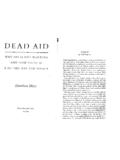Transcription of The Tibetan Book of the Dead
1 The Tibetan book of the Dead Or the After-Death Experiences on the Bardo PlaneEnglish translation by L ma Kazi Dawa-Samdup Foreword This book is the first English language translation of the famous Tibetan death text, The Great Liberation upon Hearing in the Intermediate State. Also known as the Bardo Thodol which means "liberation by hearing on the after death plane" (Bardo: after death plane, Thodol or Thotrol: liberation by hearing), it was originally written in the Tibetan language and is meant to be a guide for those who have died as they transition from their former life to a new destination.
2 The work has been traditionally attributed to Padma-Sambhava, an Indian mystic who was said to have introduced Buddhism to Tibet in the 8th century. Legend has it that while visiting Tibet, Padma-Sambhava found it necessary to conceal sanskrit works he had arranged to be written. The Tibetans of that time were not ready for the spiritual teachings contained therein, so he hid his texts in strange and remote locations, leaving them to be discovered at a later time when their spiritual message could be received by those with an open mind. The most famous of those that discovered and revealed Padma-Sambhava's writings was Karma Lingpa who was born around 1350 CE.
3 According to his biography, Karma Lingpa found several hidden texts on top of a mountain in Tibet when he was fifteen years old. Within those texts, he found a collection of teachings entitled The Self-Emergence of the Peaceful and Wrathful Deities from Enlightened Awareness. These teachings contained the texts of the now famous Great Liberation upon Hearing in the Bardo. The Tibetan book of the Dead was first published in 1927 by Oxford University Press, London. Dr. Walter Y. Evans-Wentz coined the title because of parallels he found with the writings of the Egyptian book of the Dead.
4 The paperback and hardcover editions of the book contain extensive notes by Evans-Wentz about the conclusions he drew from the translation which, some say, were greatly influenced by his involvement with Theosophy and neo-Vedantic Hindu views. A later edition of the book includes commentary by the renowned psychoanalyst, Dr. Carl Jung, whose insightful essay illustrates that this Tibetan text goes beyond a study of Tibetan culture and reaches into a psychology that has great relevance to the western world. 1 This ebook was downloaded from for more similar I The Chikhai Bardo and the Ch nyid Bardo] Herein lieth the setting-face-to-face to the reality in the intermediate state: the great deliverance by hearing while on the after-death plane, from 'The Profound Doctrine of the Emancipating of the Consciousness by Meditation Upon the Peaceful and Wrathful Deities' [The Obeisances] To the Divine Body of Truth, the Incomprehensible, Bound-less Light.
5 To the Divine Body of Perfect Endowment, Who are the Lotus and the Peaceful and the Wrathful Deities; To the Lotus-born Incarnation, Padma Sambhava, Who is the Protector of all sentient beings; To the Gurus, the Three Bodies, obeisance. [The Introduction] This Great Doctrine of Liberation by Hearing, which conferreth spiritual freedom on devotees of ordinary wit while in the Intermediate State, hath three divisions: the preliminaries, the subject-matter, and the conclusion. At first, the preliminaries, The Guide Series, for emancipating beings, should be mastered by practice.
6 [The Transference of the Consciousness-Principle] By The Guide, the highest intellects ought most certainly to be liberated; but should they not be liberated, then while in the Intermediate State of the Moments of Death they should practice the Transference, which giveth automatic liberation by one's merely remembering it. Devotees of ordinary wit ought most certainly to be freed thereby; but should they not be freed, then, while in the Intermediate State [during the experiencing] of Reality, they should persevere in the listening to this Great Doctrine of Liberation by Hearing.
7 Accordingly, the devotee should at first examine the symptoms of death as they gradually appear [in his dying body], following Self-Liberation [by Observing the] Characteristics [of the] Symptoms of Death. Then, when all the symptoms of death are complete [he should] apply the Transference, which conferreth liberation by merely remembering [the process]. [The Reading of this Th dol] If the Transference hath been effectually employed, there is no need to read this Th dol; but if the Transference hath not been effectually employed, then this Th dol is to be read, correctly and distinctly, near the dead body.
8 If there be no corpse, then the bed or the seat to which the deceased had been accustomed should be occupied [by the reader], who ought to expound the power of the Truth. Then, summoning the spirit [of the deceased], imagine it to be present there listening, and read. During this time no relative or fond mate should be allowed to weep or to wail, as such is not good [for the deceased]; so restrain them. If the body be present, just when the expiration hath ceased, either a l ma [who hath been as a guru to the deceased], or a brother in the Faith whom the deceased trusted, or a friend for whom the deceased had great affection, putting the lips close to the ear [of the body] without actually touching it, should read this Great Th dol.
9 [The Practical Application of this Th dol by the Officiant] Now for the explaining of the Th dol itself: If thou canst gather together a grand offering, offer it in worship of the Trinity. If such cannot be done, then arrange whatever can be gathered together as objects on which thou canst concentrate thy thoughts and mentally create as illimitable an offering as possible and worship. Then the 'Path of Good Wishes Invoking the Aid of the Buddhas and Bodhisattvas' should be recited seven times or thrice. After that, the 'Path of Good Wishes Giving Protection from Fear in the Bardo', and the 'Path of Good Wishes for Safe Delivery from the Dangerous Pitfalls of the Bardo', it together with the 'Root Words of the Bardo', are to be read distinctly and with the proper intonation.
10 Then this Great Th dol is to be read either seven times or thrice, according to the occasion. [First cometh] the setting-face-to-face [to the symptoms of death] as they occur during the moments of death; [second] the application of the great vivid reminder, the setting-face-to-face to Reality while in the Intermediate State; and third, the methods of closing the doors of the womb while in the Intermediate State when seeking rebirth. Chikhai Bardo and the Ch nyid Bardo The Obeisances The Introduction- The Transference of the Consciousness-Principle- The Reading Of This Th dol- The Practical Application of this Th dol by the Officiant Part I The Bardo of the Moments of Death Instructions on the Symptoms of Death, or the First Stage of the Chikhai Bardo: ThePrimary Clear Light Seen at the Moment of Death Instructions Concerning the Second Stage of the Chikhai Bardo.
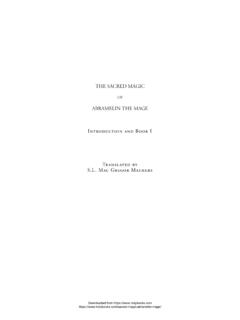
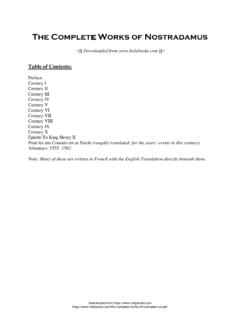
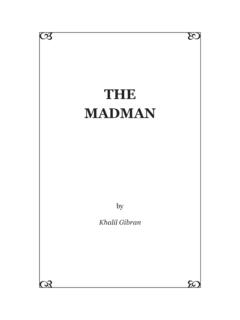
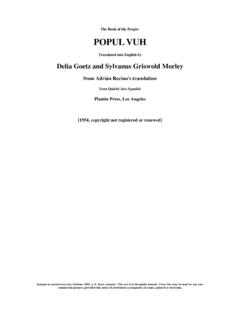

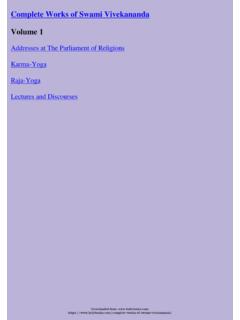
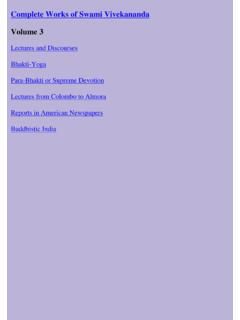
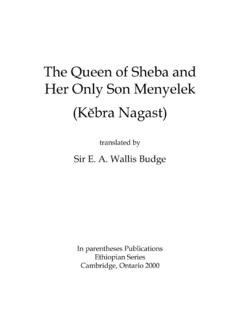
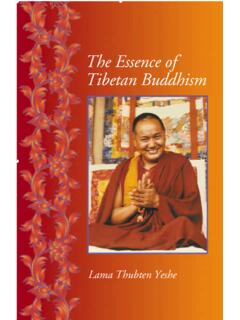
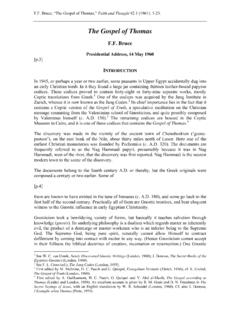

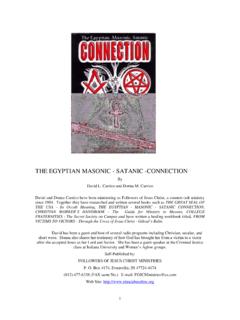
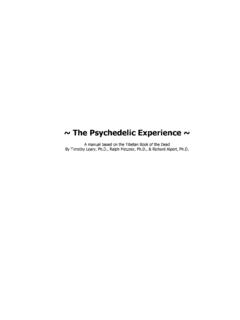

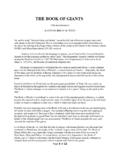
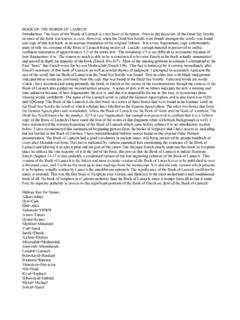
![The Book of the Damned, by Charles Fort, [1919], at …](/cache/preview/c/1/4/e/b/3/b/4/thumb-c14eb3b4b6cefb47ee1be55bf987c12f.jpg)
